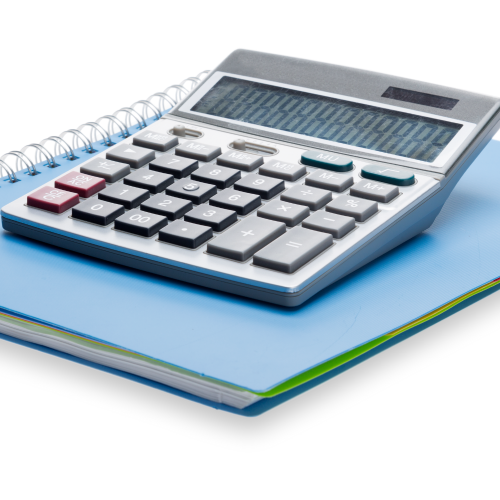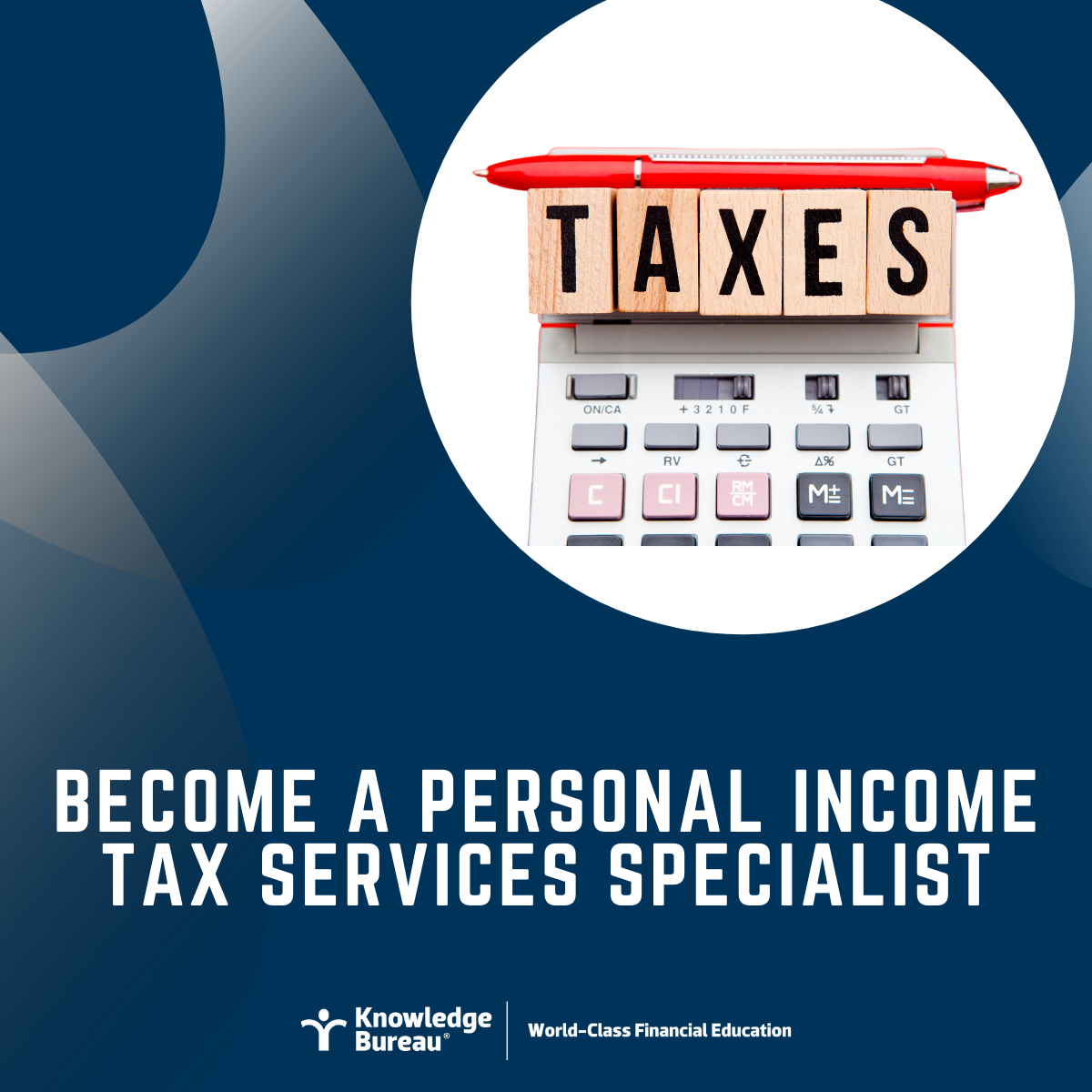Last updated: March 03 2021
CRA Departure: Elections Require Hard Copy

Most people would rather have teeth removed than face a tax audit. But, just what has to be kept for back-up purposes in a digital relationship with the CRA? It’s an important question because CRA generally doesn’t want to see any receipts when the return is filed. Yet, certain tax documents are required to be filed in writing and that includes special elections. Do you know what they are?
According to the CRA all elections, designations, agreements, waivers and elective returns available to taxfilers, and in their entirety referred to as “elections”, mus t be received in writing. Some of those are on CRA forms, but others are in the form of a letter to the CRA. These elections also have strict due dates. The elections must be sent to the local tax centre with one exception: Send Form T1135, Foreign Income Verification Statement, to the tax centre indicated on the form itself. This form can also be transmitted by EFILE, and in this case, a paper copy of the form is not required to be sent to the tax centre.
t be received in writing. Some of those are on CRA forms, but others are in the form of a letter to the CRA. These elections also have strict due dates. The elections must be sent to the local tax centre with one exception: Send Form T1135, Foreign Income Verification Statement, to the tax centre indicated on the form itself. This form can also be transmitted by EFILE, and in this case, a paper copy of the form is not required to be sent to the tax centre.
For the other elections, the following information is required:
- The client’s full name, address and SIN
- The fact that the documentation is in support of an electronically filed return
All other documentation used to prepare the return, is kept in safekeeping for CRA to review later, at their option. The safekeeping time is generally 6 years after the end of the year in which you filed your tax return.
AS for the elections, check out this list from CRA, as part of your pre tax-season readiness:
Elections on Departure from Canada
- Deemed disposition on emigration.
- Departure tax adjustment for a returning former resident.
- Departure tax adjustment for a returning trust beneficiary.
- Post-emigration loss on disposition.
Investments
- Dividends received by a taxpayer's spouse or common-law partner.
- Election where change of use.
- Exchanges of property.
- Adjustments to cost base.
- Inter vivos transfer of property.
Business
- Cost of borrowed money.
Capital dividend.
Debts established to be bad debts and shares of a bankrupt corporation. Subsection 50(1) of the act applies to debts established to be bad debts in a tax year and to certain shares. This subsection lets a taxpayer elect to have a deemed disposition at the end of the year and a reacquisition right after at nil cost. File: Signed letter
Sale of a Business: Restrictive covenants.
Death of a Taxpayer:
- Transfers or distributions to a taxpayer's spouse, common-law partner, or spousal/partner trust on the death of the taxpayer
- Transfer of farm and fishing property, or family farm or fishing corporations and partnerships, to a child.
- Reserves - Election by legal representative and transferee regarding reserves.
- Preferred beneficiary election.
- No rollover on election by trust.
- Allocation of income by communal organizations.
- Home Buyers' Plan.
- Lifelong learning plan.
- Disposition of property by legal representative of deceased taxpayer.
- Realization of deceased employees' options.
The following designations are also allowed, under subsection 220(3.21):
Debt Forgiveness Rules:
- Paragraph 80(2)(i) of the act lets a taxpayer designate the order in which commercial debt obligations settled at the same time are to be applied under the debt forgiveness rules.
File: Form T2153, Designations Under Paragraph 80(2)(i) When Two or More Commercial Obligations Are Settled at the Same Time - Subsections 80(5) to 80(11) let a taxpayer who has designated a forgiven amount to apply any remaining part of that amount in certain circumstances.
File: Form T2154, Designation of Forgiven Amount by the Debtor – Subsections 80(5) to 80(11) - Subsection 80.03(7) lets a taxpayer designate a capital gain that would otherwise arise under subsection 80.03(2) as a forgiven amount for the purpose of the debt forgiveness rules.
File: Form T2155, Alternative Treatment of Capital Gains Arising Under Section 80.03 on Settlement of Debt
Principal Residence Rules
- Section 54, under the definition of principal residence, lets an individual (not a trust) or a personal trust designate a property that qualifies as the taxpayer's principal residence for each tax year during the period of ownership. The designation would reduce or eliminate the capital gain on the disposition of the taxpayer's principal residence. File the following that applies:
- Schedule 3, Capital Gains (or Losses) of the Income Tax and Benefit Return, if the property was the individual's or deceased individual's principal residence for every year it was owned
- Form T2091(IND), Designation of a Property as a Principal Residence by an Individual (Other Than a Personal Trust), and Schedule 3, Capital Gains (or Losses) of the Income Tax and Benefit Return, if the property was not the individual's principal residence every year it was owned
- Form T1255, Designation of a Property as a Principal Residence by the Legal Representative of a Deceased Individual, and Schedule 3, Capital Gains (or Losses) of the Income Tax and Benefit Return, if the property was not the deceased individual's principal residence every year it was owned
- Form T1079, Designation of a Property as a Principal Residence by a Personal Trust, if the property was the trust's principal residence for all or part of the years it was owned
- Subsection 132.11(6) lets a mutual fund trust, as well as any electing trust with a December 15 year-end, choose an amount designated by it for a tax year to be added in calculating its income for the year. File: Signed letter
Additional educational resources: Knowledge Bureau’s Advanced Personal Tax Course, as featured in the January 20 Virtual CE Summit is still available for student enrolment. It includes a comprehensive desktop reference guide for the complex tax season that has recently started. Enrol today.
